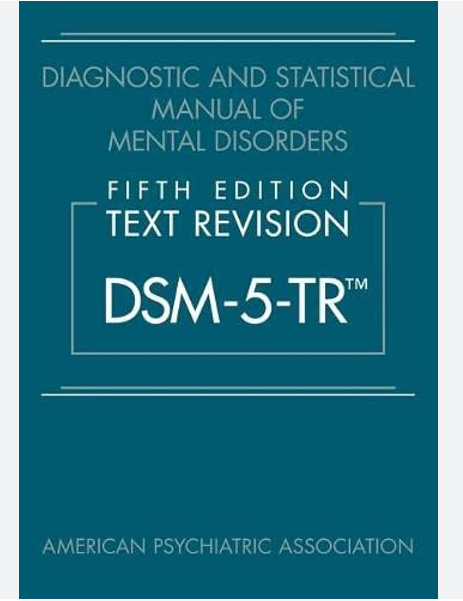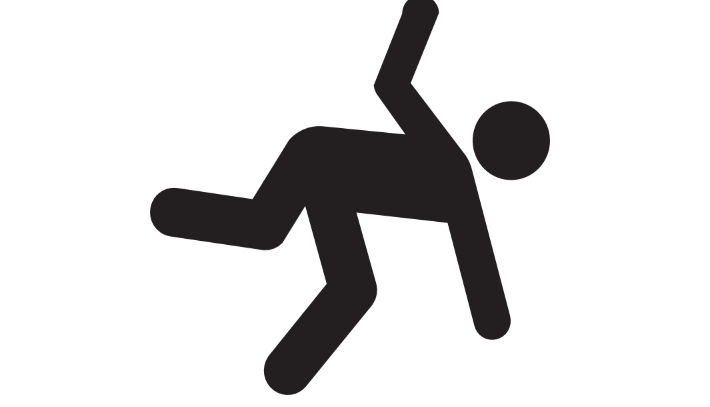The word Trauma is used so lightly these days. I have referred to many incidents as traumatic myself, that certainly don’t meet the true definition. The Diagnostic Manual for Mental Health defines trauma as “an event that involves actual or threatened death or serious injury, or other threat as to one’s physical integrity, or witnessing an event that involves death, injury, or threat…”
I think the dilemma with trauma is that you have had or seen something awful happen, which then gets “stuck” in your brain. To heal, you have to get it out, talk about it, process it. And yet to even think about it and remember it affects you so deeply. You are terrified to think about it, and so how do you get “unstuck”. It makes sense that people push these experiences and memories down, and yet keeping them suppressed takes so much energy, it can be exhausting and affect your health. Some quotes in the trauma world, I’m not sure who said them first, but they are catchy and express the terrible bind that trauma ties us into: we have to “feel it to heal it”, we have to “name it to tame it”, and yet feeling the trauma and even naming it seems so scary to do, there’s a sense that naming it means that it comes alive again!

Van de Kolk 1987 refers to trauma involving “a debilitating loss of control”.
This blog series will talk about some resources that help us more easily put words to these experiences, help us normalize that these things have happened to others too, and will explain a little about why it’s important to even try to bring the trauma out into the open.

So why are some people affected by things that others are not. The same experience can happen to 2 different people and one can end up with trauma and then other not. In the mental health field, we talk about risk factors and protective factors. So, if you add these up in different columns, it explains why an incident could cause 1 person to topple over, while another could keep on standing. Remember that human beings need a certain amount of stress in life to actually get anything done, this optimal amount of stress is called Eustress. If there is no stress, we’d lie around all day and not do a thing. On the other hand, too much stress is debilitating. And so much stress that it actually drains all of our resources and puts us at a deficit leads to trauma – we can lose ourselves, trust in ourselves, we feel like we have zero control to even protect ourselves. Unfortunately, once this has happened to you, it can then more easily happen in the future again too. Trauma begets trauma.
Take a look at this table from Eliana Gil’s book, and see what the factors are that influence the impact that a traumatic event could have on you:
Table: Individual characteristics that may influence whether the traumatic impact of a stressor is high or low
HIGH
- Inability to cope
- Coping strategies lacking or unsuccessful
- Internal resources unavailable
- External resources unavailable
- Expressive ability is lacking
- Symptoms persist
- Helplessness persists
- Personal control is lacking
- Existential crisis can’t be resolved
- Trauma can’t be resolved or is negatively resolved
LOW
- Coping develops and grows
- Coping strategies succeed
- Internal resources available
- External resources available
- Expression is achieved
- Symptoms decrease
- Hopefulness increases
- Personal control is restored
- Existential crisis can be resolved
- Trauma can be resolved
When it comes to how children are affected by these potentially traumatic incidents, you want to consider the variables related to childhood. These are the type of trauma, the level of trauma, the duration of trauma, the child’s age at the time, the child’s previous level of functioning, the caretaking support available and if the child had a past trauma history.
You could also take into account other trauma-related variables like the number, and extent of secondary adversities and stressors. These could include contextual variables like socioeconomic status, current life stress and family support.

For caregivers you want to consider their past and current psychopathology and their trauma history.
For the caregiver-child relationship it depends on their relationship quality and their perception of child.
Trauma is an interesting phenomenon. There are scary things that happen in the world and the impact that they have on us affects us differently. Some people topple over, and others remain standing in the face of dangerous events. It depends on the tools and resources that we have, to cope with the incident and danger.

